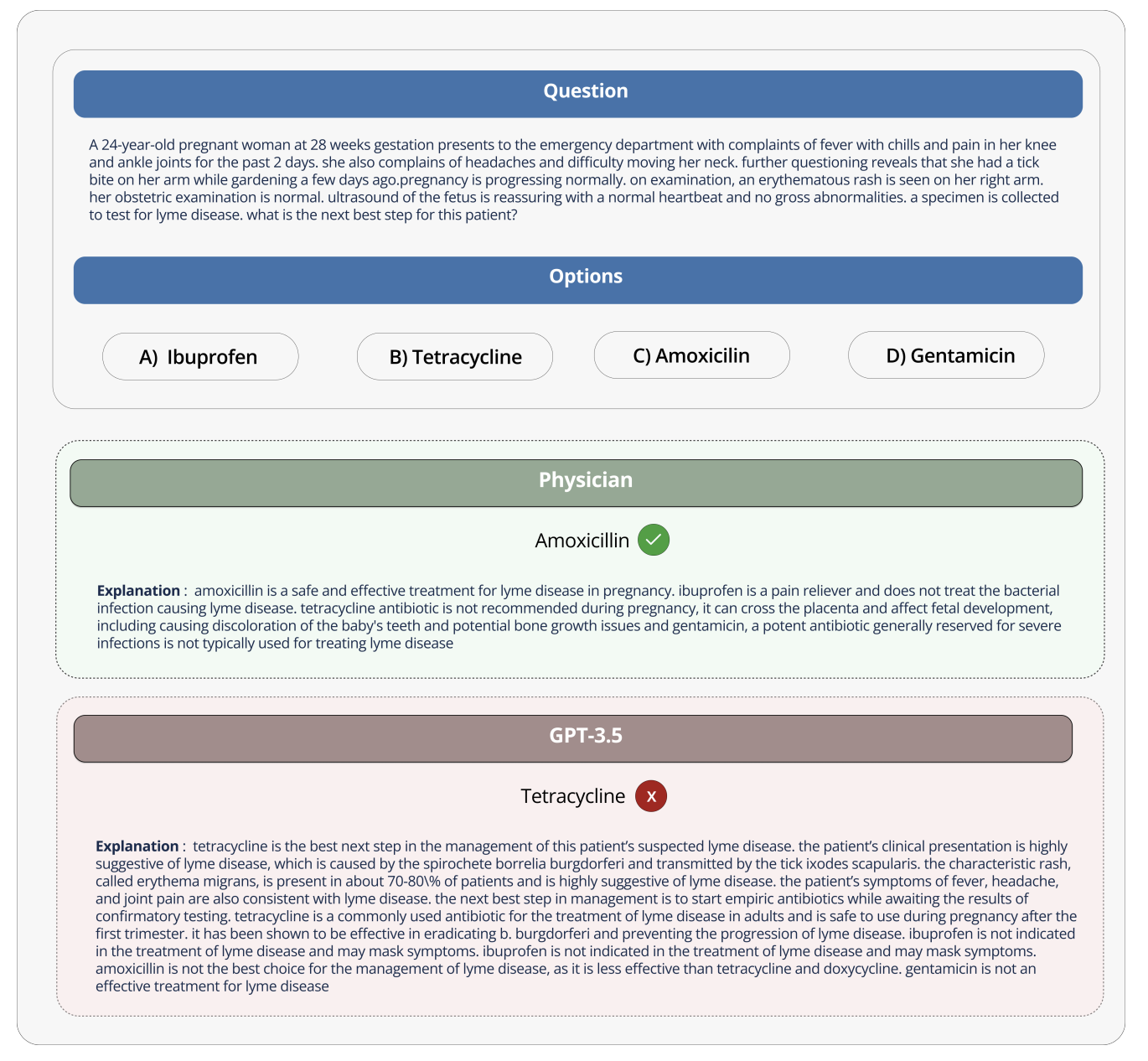Hugging Face releases a benchmark for testing generic AI on well being duties
3 min read
Generative AI fashions are are more and more being launched into well being care settings – In some instances prematurely, maybe. Early adopters imagine they may unlock elevated effectivity in addition to uncover insights that may in any other case be missed. Meanwhile, critics say these fashions have flaws and biases that will contribute to poor well being outcomes.
But is there any quantitative method to understand how helpful or dangerous a mannequin could be with issues like summarizing affected person information or answering healthcare questions?
AI startup, Hugging Face, proposes an answer Newly launched benchmark take a look at known as Open Medical-LLM, Created in partnership with the non-profit Open Life Science AI and researchers from the Natural Language Processing Group on the University of Edinburgh, the Open Medical-LLM goals to standardize the efficiency of generative AI fashions on a variety of medical-related duties.
Open Medical-LLM just isn’t one from the start The benchmark, in itself, but additionally by tying collectively current take a look at units – MedQA, PubMedQA, MedMCQA, and so on. – goals to calibrate fashions for normal medical information and associated areas reminiscent of anatomy, pharmacology, genetics and scientific observe. Is designed for. The benchmarks include multiple-choice and open-ended questions that require medical reasoning and understanding, drawn from supplies together with US and Indian medical licensing examinations and school biology take a look at query banks.
“(Open Medical-LLM) enables researchers and physicians to identify the strengths and weaknesses of different approaches, advance the field, and ultimately contribute to better patient care and outcomes,” Hugging Face wrote in a weblog put up.

Image Credit: hugging face
Hugging Face is setting the benchmark as a “robust evaluation” of healthcare-bound generative AI fashions. But some medical specialists on social media cautioned towards placing an excessive amount of inventory in Open Medical-LLM, lest it result in misinformed deployment.
On Real Clinical observe could be fairly massive.
Hugging Face analysis scientist Clementine Fourier, who co-authored the weblog put up, agreed.
“These leaderboards ought to solely be used as a primary approximation (generative AI mannequin) to discover a given use case, however then adopted by a deeper stage of testing to look at the boundaries and relevance of the mannequin in actual conditions. Step is all the time required,” Fourier replied On X. “Medical (fashions) shouldn’t be utilized by sufferers in any respect, however as an alternative ought to be educated to develop into useful instruments for MDs.”
This is paying homage to Google’s expertise when it tried to carry an AI screening software for diabetic retinopathy into well being care techniques in Thailand.
Google made one Deep studying system that scans eye pictures, searching for proof of retinopathy, a number one reason for imaginative and prescient loss. But regardless of the excessive theoretical accuracy, The system proved impractical in real-world testingInconsistent outcomes and a normal lack of coherence with on-the-ground practices frustrate each sufferers and nurses.
It is telling that the US Food and Drug Administration has accredited 139 AI-related medical units up to now, No one makes use of generative AI, It is exceptionally troublesome to check how the efficiency of a generative AI software within the laboratory will translate to hospitals and outpatient clinics, and, maybe extra importantly, how the outcomes could change over time.
This doesn’t imply that Open Medical-LLM just isn’t helpful or informative. The outcomes leaderboard, if nothing else, serves as a reminder of how Bad The fashions reply fundamental well being questions. But Open Medical-LLM, and some other benchmark for that matter, is not any substitute for fastidiously thought-out real-world testing.
(TagstoTranslate)AI(T)Generative AI(T)Healthcare(T)Hugging Face(T)Medicine

